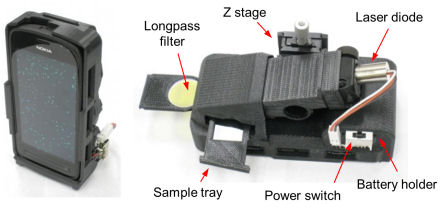
Indian researchers from the Changa Education Campus in Gujarat have demonstrated a memristor made from human blood and are now planning the creation of other electronic components, such as transistors and capacitors, composed of human tissue. The findings are reported in the International Journal of Medical Engineering and Informatics. The researchers say the development of biological electronic components will facilitate the creation of artificial eyes, robotic limbs and other cyborg implants.
Led by S.P. Kosta, the research team constructed the biological memristor using 10 ml of human blood held at 37 Celsius into which two electrodes were inserted. The experimental memristor showed that resistance varies with applied voltage and this memory effect is sustained for at least five minutes.
The researchers then investigated whether the same behavior would be observed in a device through which blood is flowing. This step was also successful.
Memristors were a theoretical electronic component first suggested in 1971 and finally developed in the laboratory by scientists at Hewlett Packard in 2008. A memristor is a passive device, like a resistor, but rather than having a fixed electrical resistance, its ability to carry a current changes depending on the voltage applied previously; that is, it retains a memory of the current.
Memristors are thought to be integral to the development of exotic electronic circuitry, such as hardware platforms to facilitate the creation of artificial intelligence.
Related:
International team claim organic computing breakthrough
Chaos computing researcher touts new silicon “chaogate”
Artificial Intelligence In The Garden Shed
Organics Shaping Up As Next Wave In Digital Signal Processing








Comments are closed.